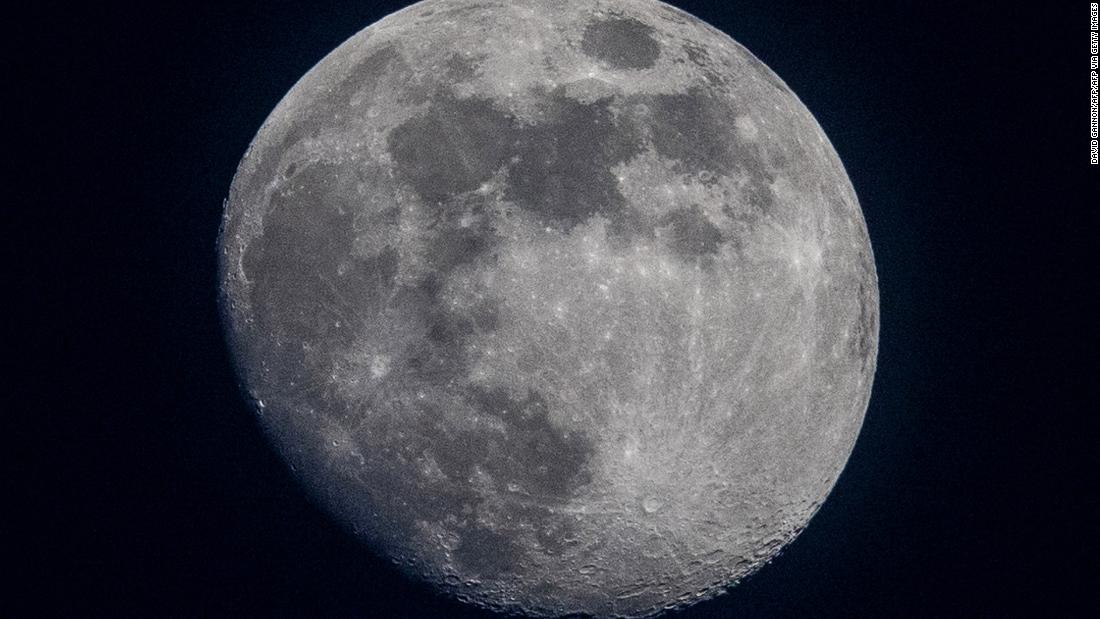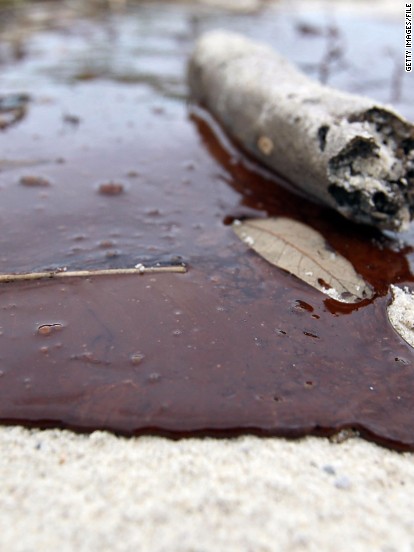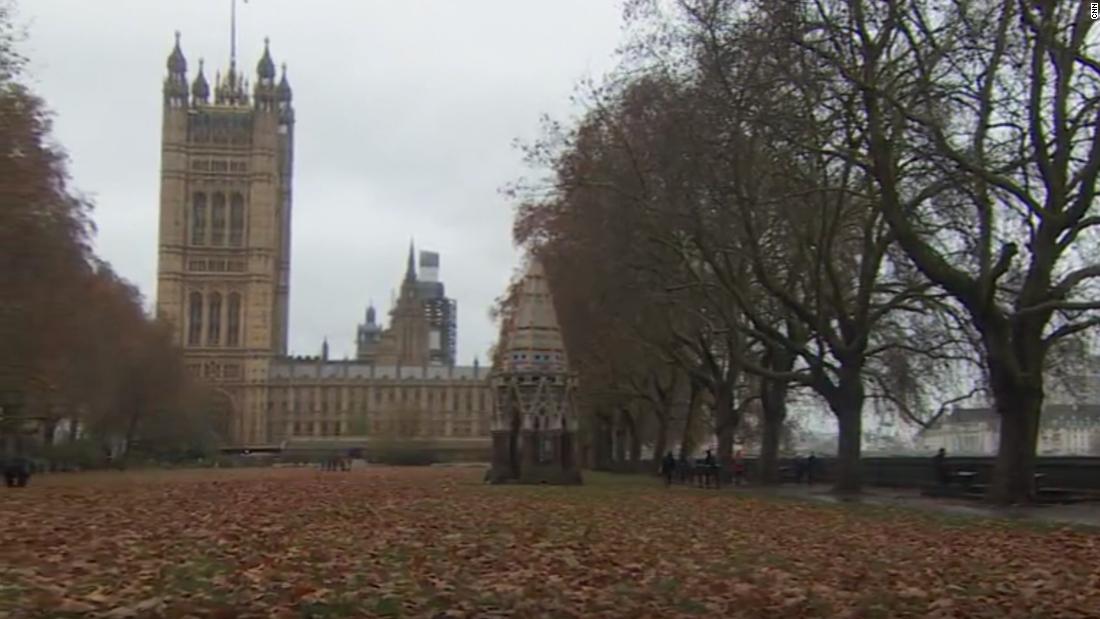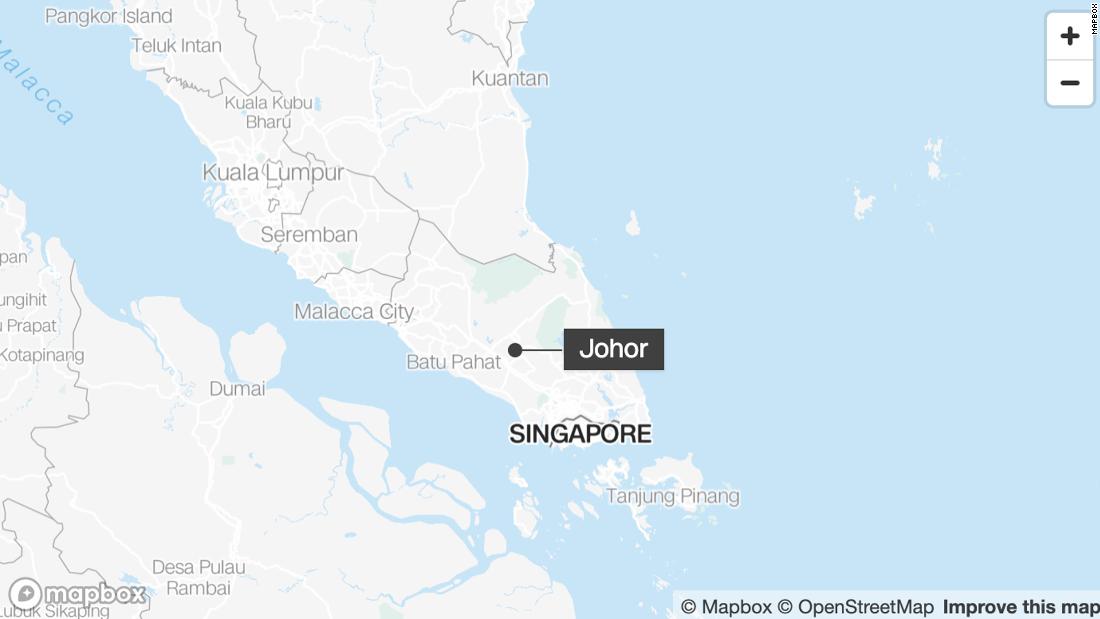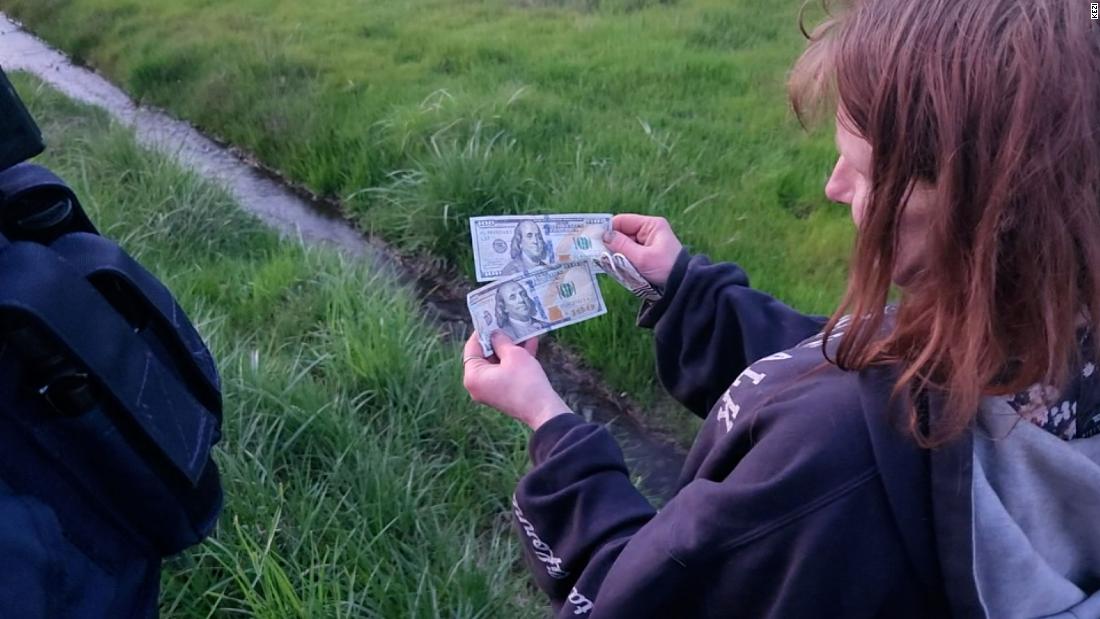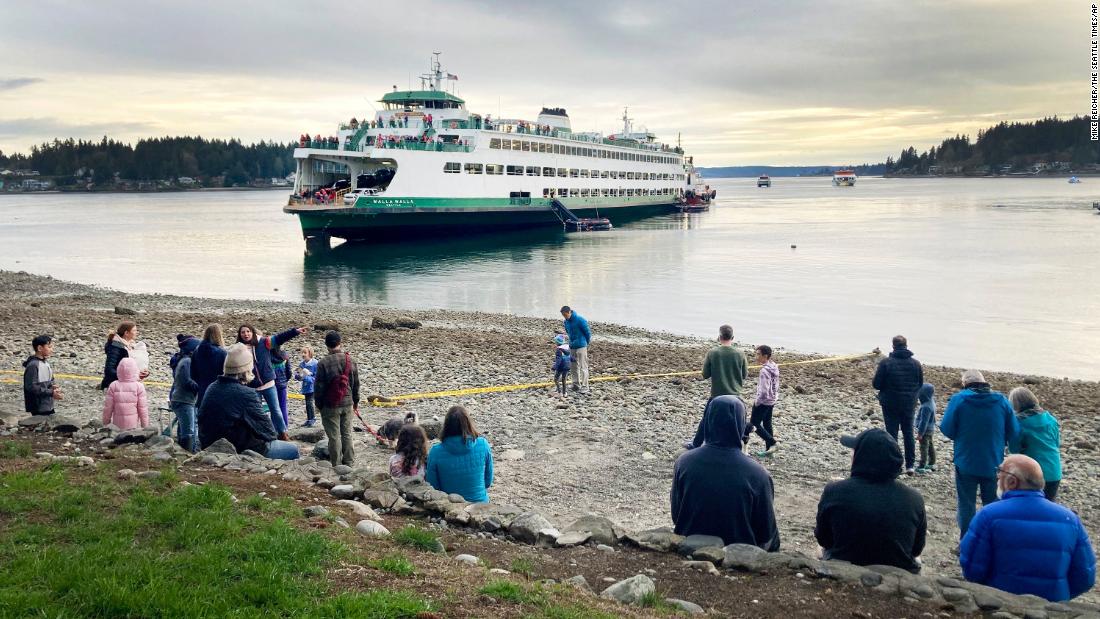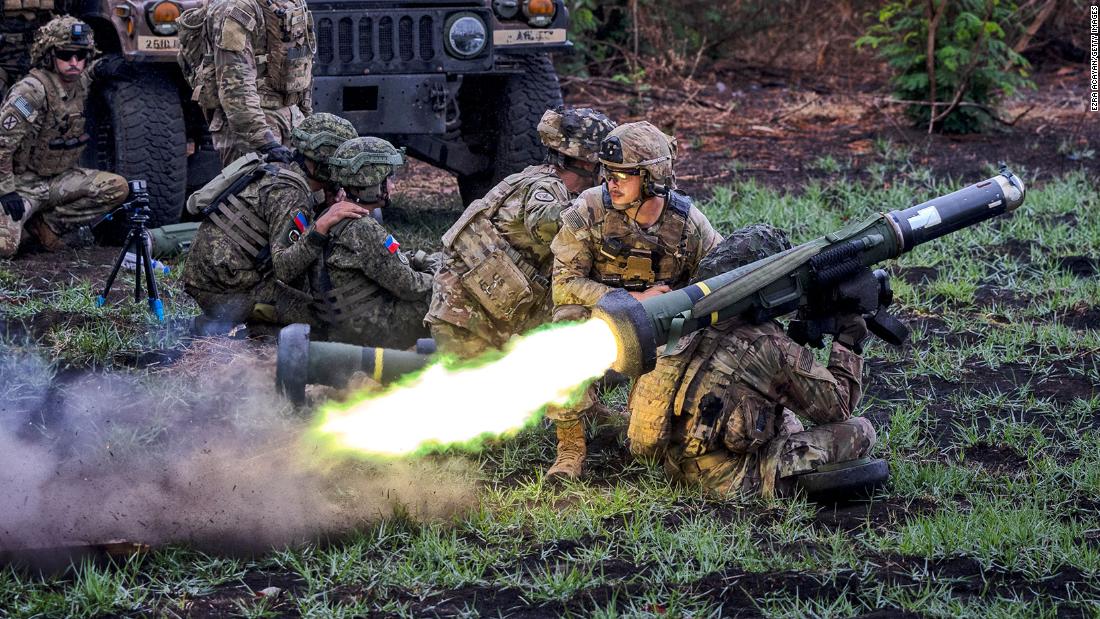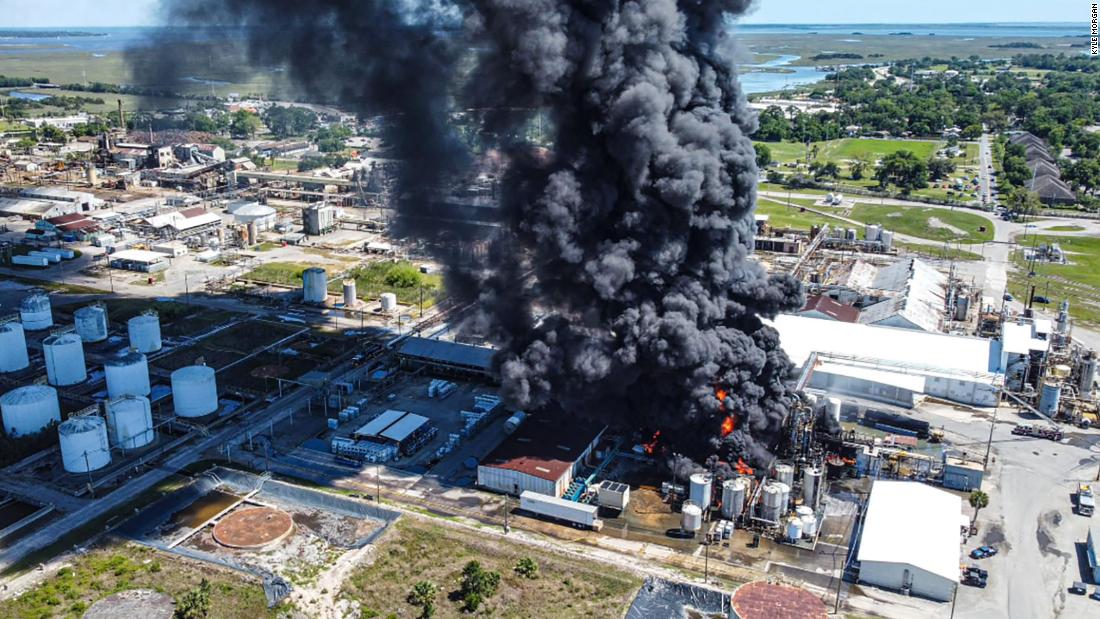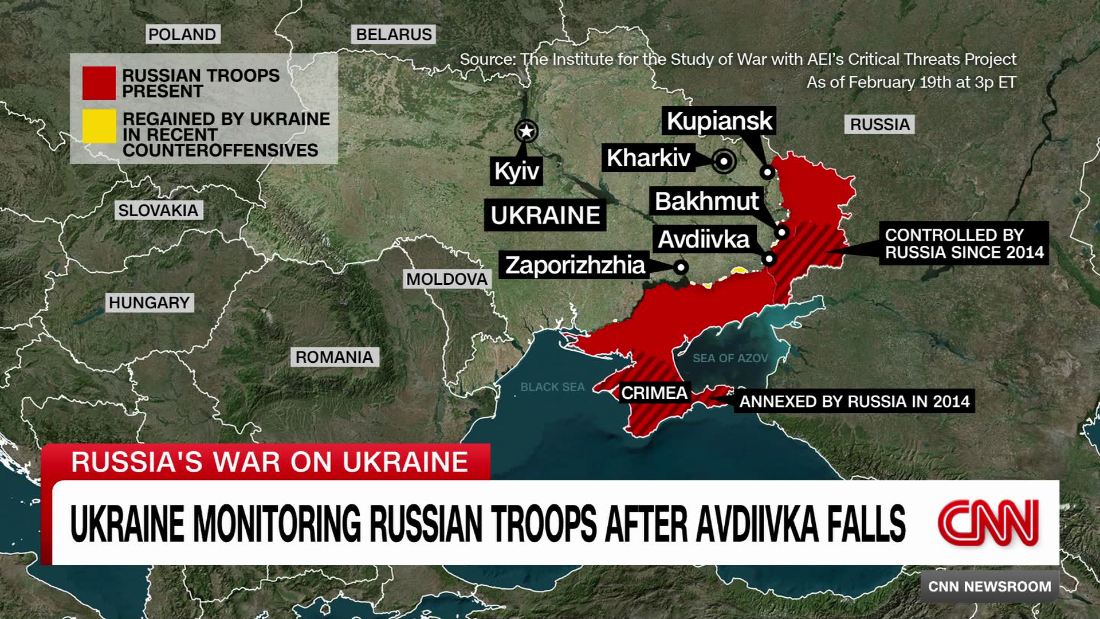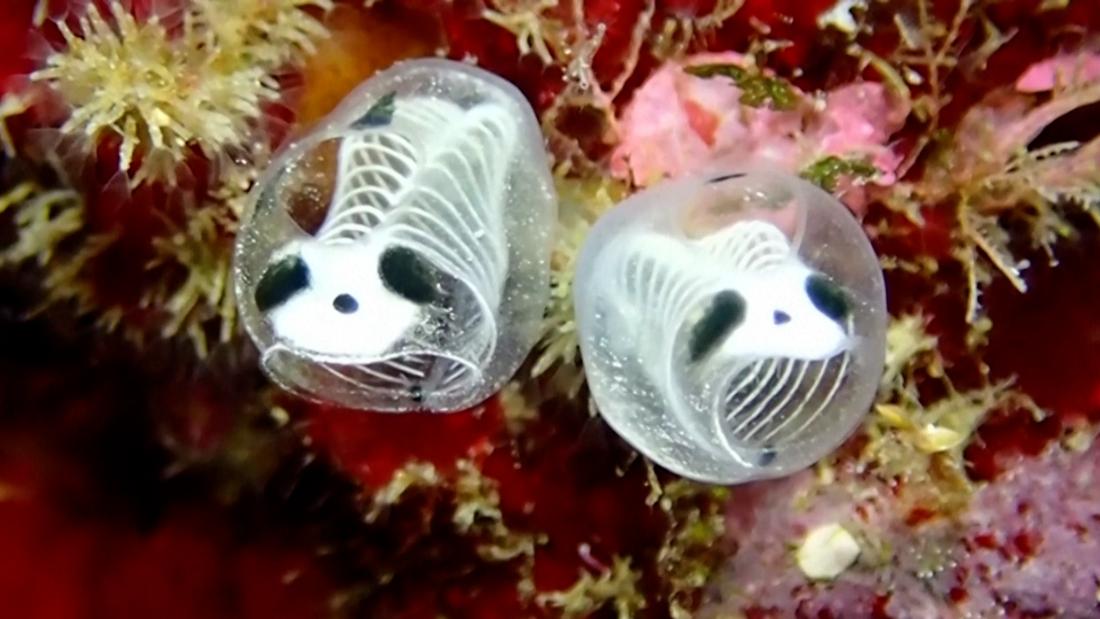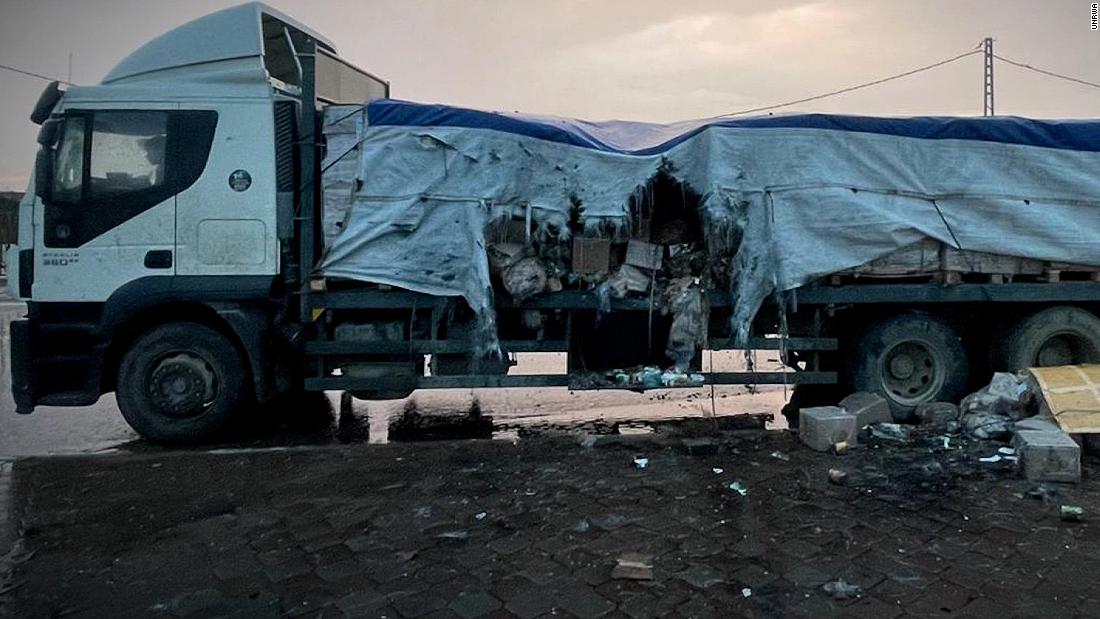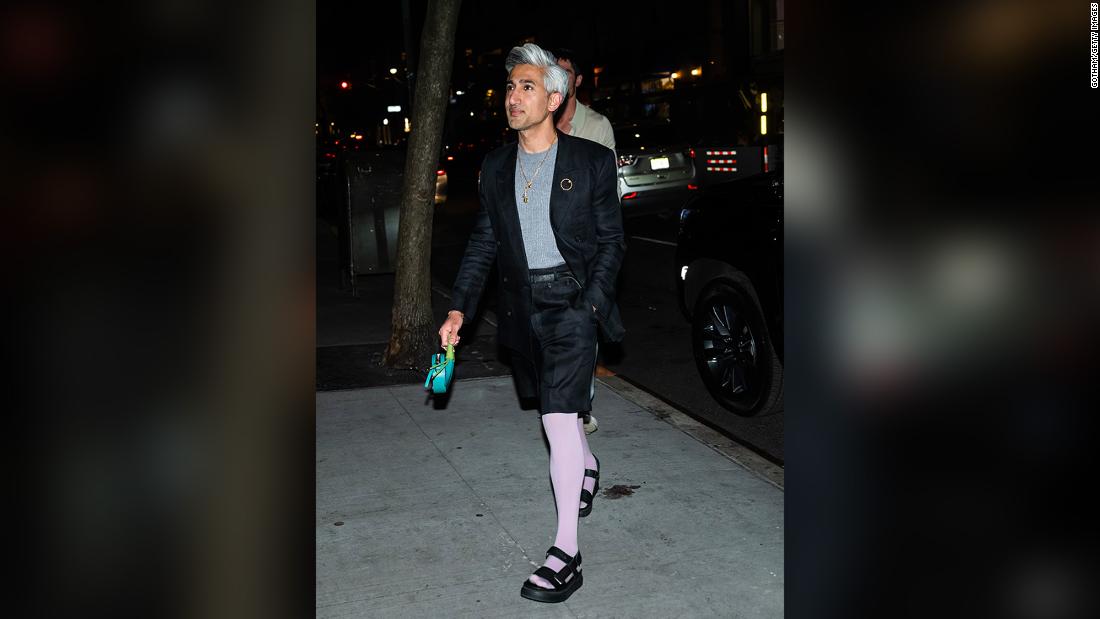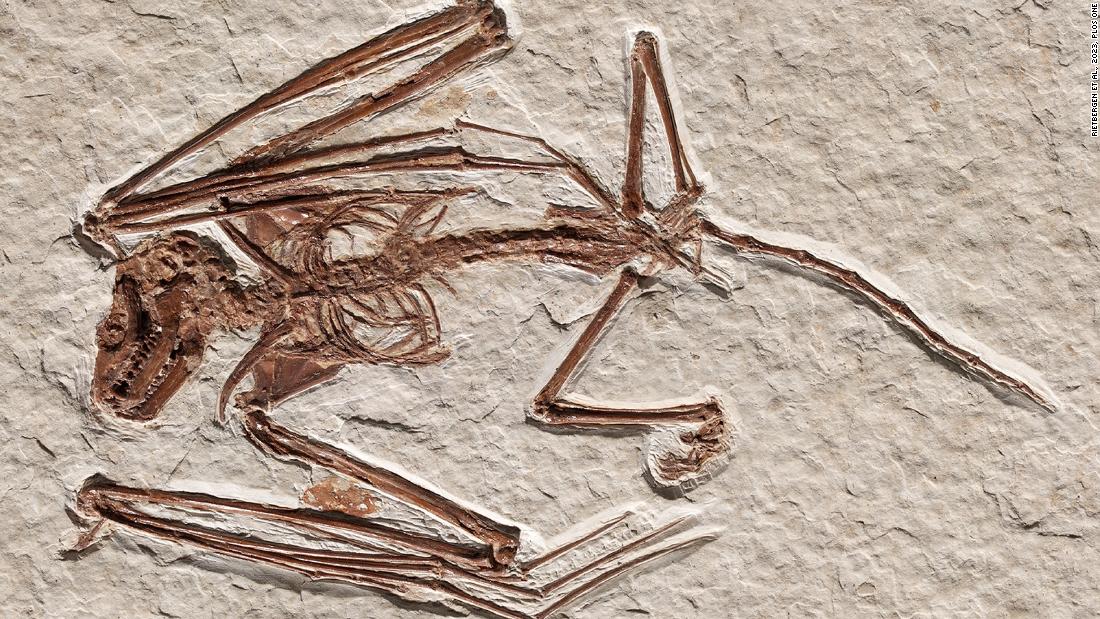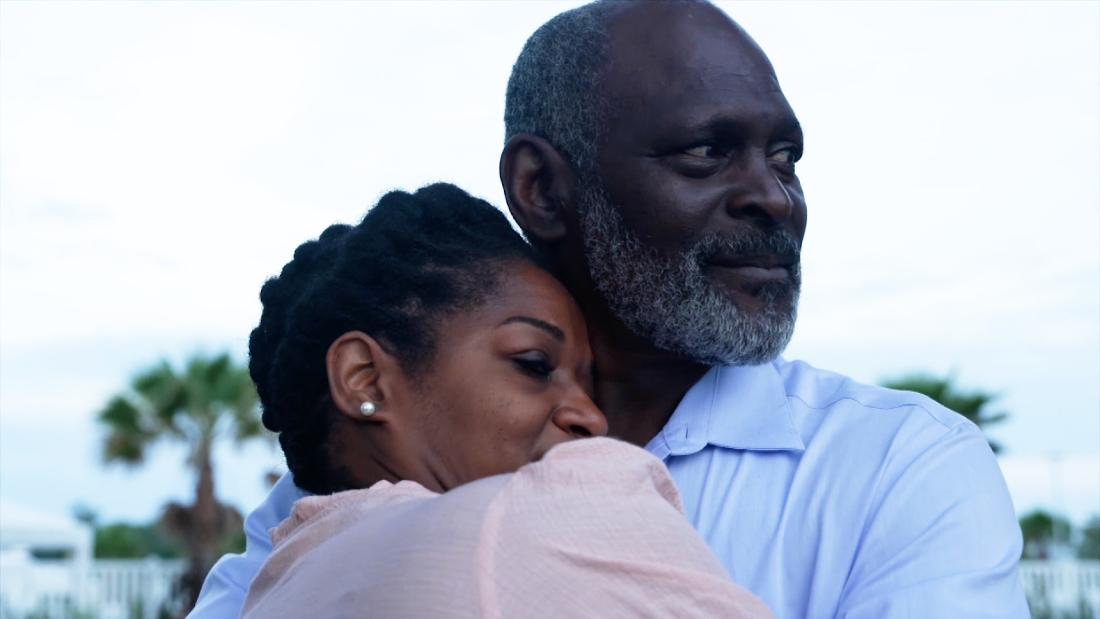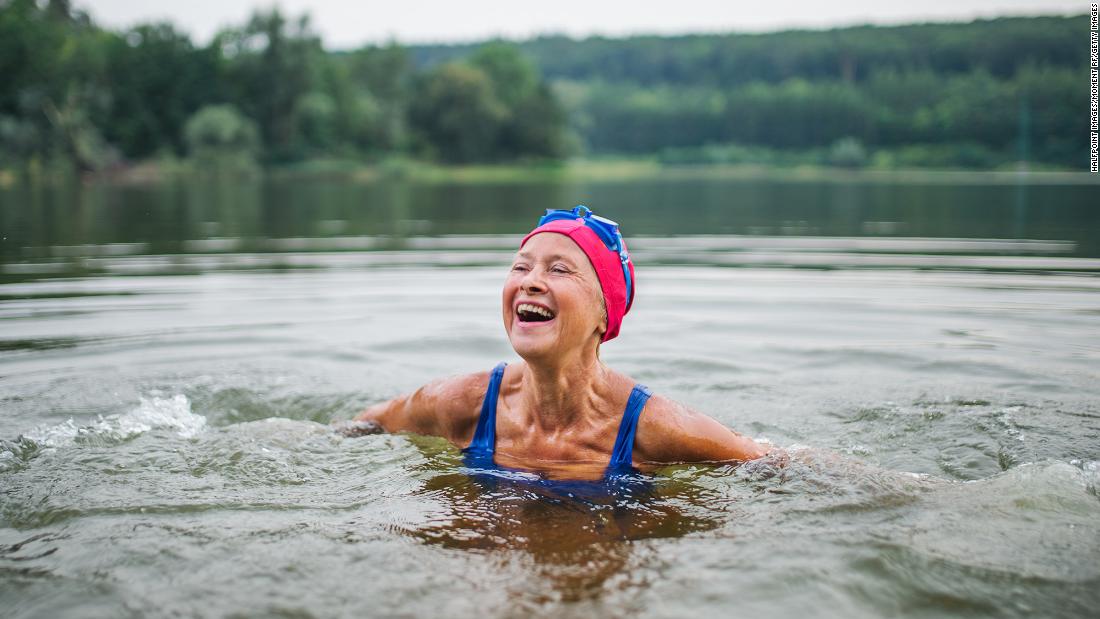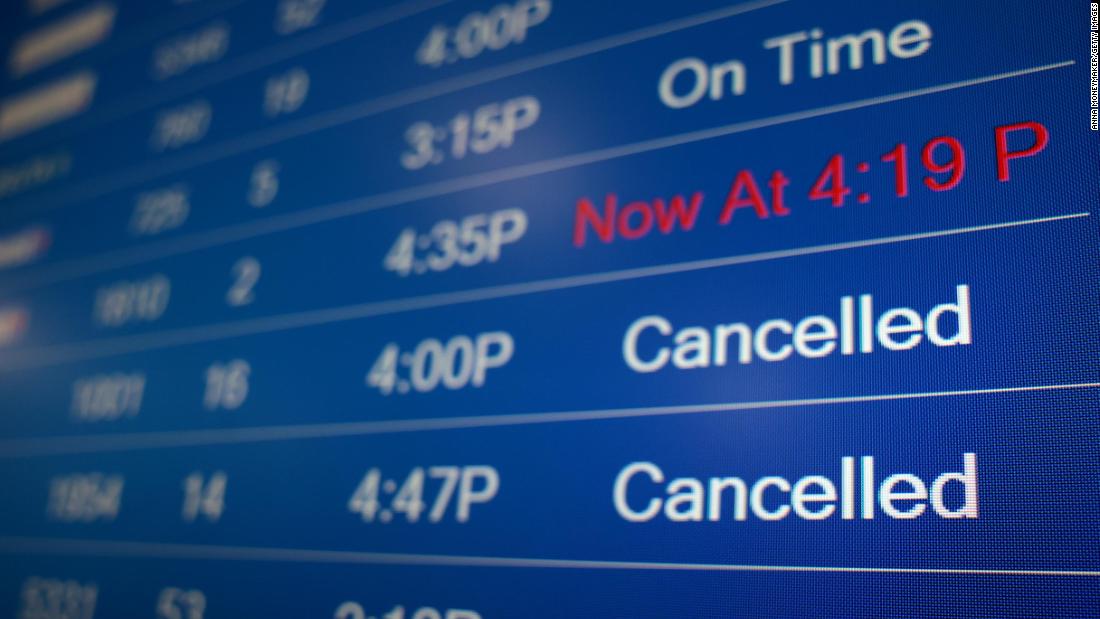KILLER whales have once again attacked boats off the coast of Spain, with two “rammings” happening just minutes apart.
Both incidents, described by crew members as “very scary”, took place in the waters of Galicia, north-west Spain, where numerous pods have been spotted in recent weeks.
GettyThe orcas destroyed the rudder of the first boat and caused a leak in the second (file image)[/caption]
The first attack was just off the coast of O Grove, situated on the mouth of the Arousa estuary, and hugely popular with tourists, the second was north of the island of Ons.
The orcas destroyed the rudder of the first boat and caused a leak in the second.
“The truth is that we were very scared; we were actually really ‘scared’ when we realised that the killer whales were hitting the boat,” said one of the crew members of the attacked boats.
Environmentalists say the whales are in continuous movement between North Africa, southern Spain, the Cantabrian Sea and the coast of France.
They are believed to be chasing their favorite prey, such as bluefin tuna and even octopus.
“This coming and going means that there are frequent interactions between these cetaceans and recreational boats, as has happened again in the waters of O Grove and moments later, also in Ons,” said one scientist.
The same orcas, a mother and her calf, are thought to have been involved in both encounters, the first of them affecting a wooden galleon recovered in Arousa and named “San Pedro“, which was on his way to meet traditional boats from Combarro.
The San Pedro was sailing on a motor and at the time of suffering the onslaught, had slowed down to set sail.
In fact, one of the sail was already up.
“It was a quarter past six in the evening when we felt two knocks and when we looked, we saw that there were two orcas and that the rudder was destroyed,” the skipper told Spanish newspaper Faro de Viga.
When he looked closely, both he and the other four crew members on board “saw that there was an orca about seven metres long and a smaller one swimming next to it.”
The rudder was destroyed in the attack and the boat had to be towed into dock by Maritime Rescue but no-one was hurt.
When the rescue ship had towed San Pedro to safety, it went back out to sea as another boat had raised the alert after suffering a leak as a result of an attack by orcas and was drifting.
It was also towed back to port.
“All this is due to absolutely normal behaviour on the part of wild animals, which as such are unpredictable and move continuously, play and have behaviours that can be dangerous for humans.
“That is why we insist on asking for caution and demanding that recreational ships do not approach,” said Bruno Díaz López, doctor in Ecology who directs the Institute for the Study of Bottlenose Dolphins (BDRI).
“We already explained last year that, in one way or another, killer whales will be in Galicia until autumn, as they come and go between southern Spain and France chasing prey such as tuna, so it is inevitable that sometimes they will bump into boats or enter the estuaries.”
He says that in the most common group on the Galician coast, there are “three especially active specimens that seem to have become accustomed to interacting with boats and will continue to do so”.
Why do orcas attack boats?
WHILE researchers are unsure exactly why killer whales have been attacking boats so often lately, many theories have been put forward.
Some experts suggest it could be a playful manifestation of the animals’ curiosity.
But others fear a “critical moment of agony” such as a collision may have sparked aggression towards boats.
Alfredo López Fernandez, a biologist at the University of Aveiro in Portugal, told LiveScience: “That traumatized orca is the one that started this behaviour of physical contact with the boat.”
Some even speculate White Gladis may now be spurring fellow killer whales on.
Orcas are the largest members of the oceanic dolphin family.
Although they never attack humans, the apex predators can take down large groups of whales, hence the name killer.
What makes them a unique marine mammal is that they often hunt in lethal pods and family groups of up to 40 individuals – and feast on fish, dolphins, seal lions, seals, sharks and stingrays.
The carnivores can grow up to 32ft long and weigh up to six tons – and are immediately recognizable by their distinctive black-and-white colouring.
In July, a pack of killer whales struck in the Atlantic after nearly capsizing a yacht and leaving a helpless crew fearing for their lives.
The terrifying encounter, said to be linked to the bloodthirsty White Gladis pod, took place two miles north of the Spanish town of Deba.
And in July of last year, a Brit yachtsman posted video footage of his boat sinking after it was attacked by orcas.
Robert Powell and two others on the Bonhomme William had to be rescued by coastguards after their vessel capsized in the Strait of Gibraltar.
Last year, Brit couple Janet Morris, 58, and Stephen Bidwell, 58, from Cambridge, were involved in a whale attack that lasted for an hour.
The orcas off the Iberian coast often average between 16ft to 21ft in length.
They are considerably smaller than orcas in Antarctica who can reach over 29ft.
The attacks tend to happen between May and August but researchers don’t believe they are often aggressively commited.
Instead, some orcas may disrupt boats out of sheer boredom.
Other experts fear that one main culprit may be teaching other orcas how to strike.
A majestic beast, named White Gladis, has been terrorising sailors around the coast of Gibraltar over the past four years.
Alfredo López Fernandez, a biologist at the University of Aveiro, Portugal, and member of the Atlantic Orca working group believes a “critical moment of agony” made White Gladis aggressive towards boats.
GettyThe same orcas are thought to have been involved in both attacks (file image)[/caption] Published: [#item_custom_pubDate]






























